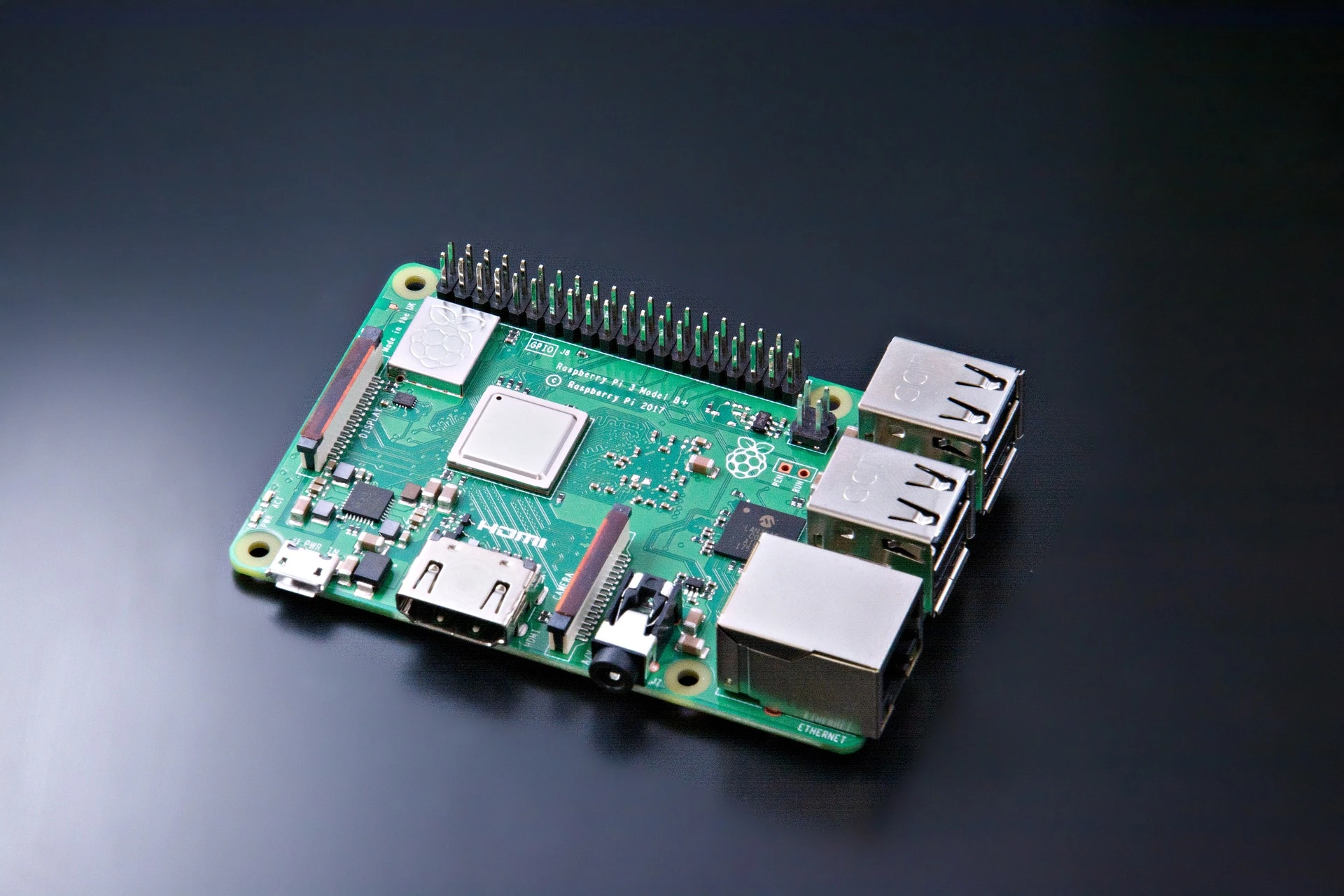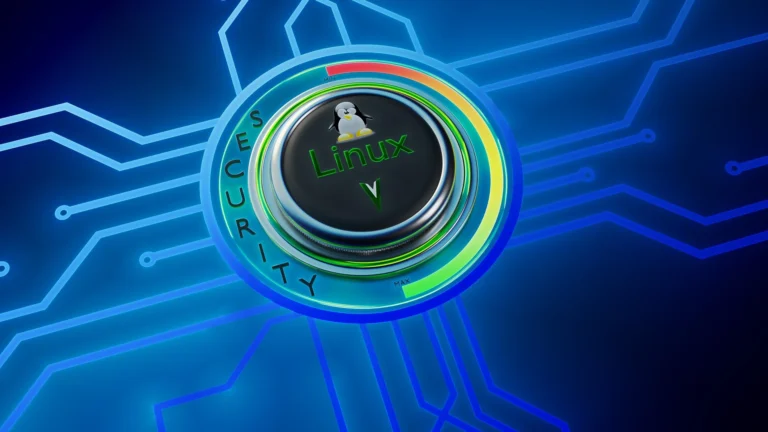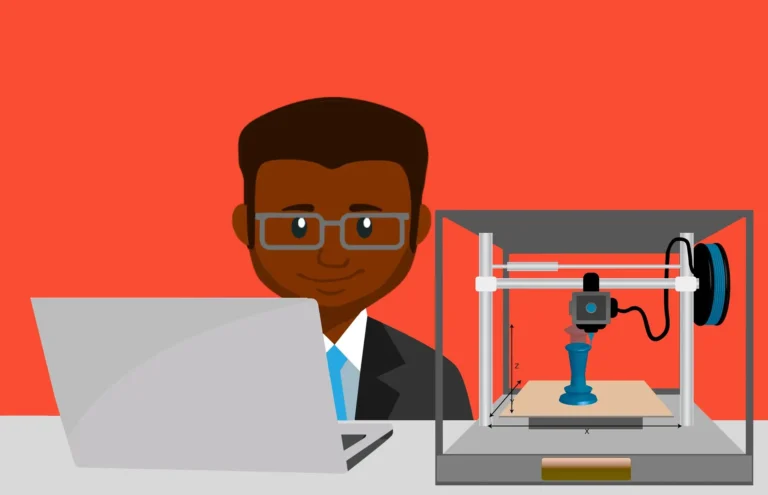Raspberry Pi vs Arduino: Which One is the Best Today 2022?
I imagine that while driving home in the coming days after work pressure day, Your smart fridge alerts you when you need to go grocery shopping acting as your wife these days. Your air conditioner puts your space at a comfortable temperature and turns on the lights when you approach your house. These have been made possible because of the internet of things’ applications, thus they are not just pipe dreams (in short IoT). IoT has made it feasible to create smart kitchen appliances, tracking gadgets, smart wearables that can monitor your heart rate and calories consumed or burned, and more.
Two of the most popular IoT implementation tools are the Arduino and Raspberry Pi. Naturally, since the issue at hand is “Arduino vs. Raspberry Pi,” we won’t be discussing IoT much. We need to have a fundamental understanding of Arduino and Raspberry Pi before we can discuss their differences.
A brief on Arduino!
An open-source electronic device called Arduino can read inputs (such light on a sensor, a user’s finger on a button, or a tweet) and then generate output based on those inputs (such as turning on an LED or activating a motor). The Ivrea Interaction Design Institute created Audrino as a simple tool for students without a background in electronics or programming. As it grew in popularity, it began to change to meet emerging demands and difficulties. Due to its straightforward and user-friendly user interface, numerous projects—from commonplace products to sophisticated scientific instruments—have been made possible.
Unlike the Raspberry Pi, which is a full computer with its own operating system, Arduino boards are microcontrollers.
They merely run C/C++ code that is already included in their firmware.
An open-source program called the Arduino Integrated Development Environment (IDE) is used to create codes and upload them to Arduino boards.
Being open-source, which means that many of the design files and source code are already available, is a significant advantage of Audrino. You can choose from any of them or modify any of them to create your own Arduino board.
Characteristics of Arduino
- Most of the Arduino boards come with an 8-bit Microcontroller.
- 32k bytes of flash memory and 2k bytes of SRAM (Static Random Access Memory).
- Input voltage required- 7 V – 12V
- Arduino uses C/C++ as a programming language.
- Digital I/O pins- 14
- Analog Input pins- 6
- Clock frequency-
- Processor speed ranges from 8 MHz to 400 MHz. The average speed of most of the Arduinos is 16 MHz.
- Flash Memory- 32KB
- It is limited to IDE (Integrated Development Environment)
Shop
To shop for Arduino visit Amazon.
<>
A brief on Raspberry Pi
a compact, fully working computer that may be connected to a keyboard, mouse, and computer monitor. It has a specialized processor, memory, and graphics driver, which are all characteristics of a PC. It even features a customized version of Linux, named Raspberry Pi OS, as its operating system.
Although the Raspberry Pi does not have built-in storage, you can use microSD cards to store any OS you wish (Raspberry Pi, Ubuntu Mate, etc.). Additionally equipped with Bluetooth, ethernet, and WiFi connectivity, Raspberry Pi enables file transfers over the internet. The software and project design for the Raspberry Pi are not open-source.
A Raspberry Pi board, often known as an SBC, is no less than a whole computer housed on a printed circuit board. The Raspberry Pi Foundation is constantly improving and updating it. Since its introduction, it has been a well-liked option for use in robotics, weather monitoring, the Internet of Things, and many other electronic systems.
Characteristics of Raspberry Pi
- Superior software implementation
- 64-bit Quad-core processor
- Large RAM (latest Raspberry Pi 4 Model B Board has up to 8G of RAM)
- Processor speed- 700MHz- 1.5GHz
- Raspberry Pi has 40 input/output pins.
- It can be connected to the Internet.
- It can run all kinds of applications (including MS Office and Email).
- It contains everything- CPU (Central Processing Unit), GPU (Graphics Processing Unit), Ethernet port, GPIO (General-purpose Input/Output) pins, and power source connector.
Power of each Board
- While Raspberry Pi boards are microprocessors, Arduino boards are microcontrollers, which are smaller versions of full computers.
- Unlike Arduino boards, which lack an operating system, the Raspberry Pi has its own.
- The Arduino board operates using straightforward instructions provided by the IDE (Integrated Development Environment).
- While Arduino boards do not support the internet, the Raspberry Pi does.
- Boards for the Raspberry Pi are slightly more expensive than those for the Arduino.
Shop
To shop for Raspberry Pi visit Amazon.

Comparison between Arduino and Raspberry Pi
Although it could appear at the beginning stage that Raspberry Pi is a better deal, isn’t it too soon to make that determination? The picture may become clearer as we continue to talk about this subject. Let’s examine how the Raspberry Pi and Arduino vary from one another.
| Basis | Arduino | Raspberry Pi |
| License | The Arduino project is open-source. Its hardware and software designs are both open-source. | Both hardware and software of Raspberry Pi are closed source. |
| Control Unit | From Atmega Family | From ARM Family |
| Clock Frequency | 16 MHz (Arduino UNO) | Up to 1.5 GHz in Raspberry Pi 4 B |
| RAM | Requires less RAM (2kB) | Requires large RAM (more than 1 GB) |
| CPU Architecture | 8-bit | 64-bit |
| Logic level | Arduino’s logic level is 5V. | Raspberry Pi’s logic level is 3V. |
| Power Consumption | Consumes about 200 MW of power | Consumes about 700 MW of power |
| Based on | Arduino is a Microcontroller | Raspberry Pi is based on a microprocessor |
| Hardware Structure | Simple hardware structure | Complex hardware Structure |
| Software | Arduino boards are programmable using C/C++ languages. | Raspberry Pi supports its own Linux-based operating system Raspberry Pi OS. You can also install the OS you like. |
| Internet | Arduino does not have internet support. You need additional modules or shields to connect it to the internet. | Raspberry Pi has a built-in Ethernet port and WiFi support. |
| Cost | Arduino boards are cheaper. | Raspberry Pi boards are expensive. |
| How they handle power drop | When an Arduino gadget is turned on, it starts running code. You won’t have a corrupt operating system or issues as a result of a sudden power outage. When plugged in, the code will simply begin again. | Raspberry Pi requires the same care as a PC. You have to shut the operating system down properly. |
| Current drive strength | Higher current drive strength | Lower current drive strength |
| Capability | Arduino is generally used to perform single (and simple) tasks repeatedly. | Raspberry Pi can perform multiple tasks simultaneously. |
| Wireless connectivity | Arduino does not support Bluetooth or WiFi. | Raspberry Pi supports Bluetooth and WiFi. |
| Applications | Traffic light countdown timer, Parking lot counter, Weighing machines, etc. | Robot controller, Game servers, Stop motion cameras, etc. |
Power of Arduino
Pros
- Arduino’s hardware and software are both open-source.
- You are free to choose from the pre-existing programming or to design your own Arduino board.
- It costs less than the Raspberry Pi.
- It is suitable for novices because it is simple to use and learn.
- Through the IDE, programming Audrino is really simple (Integrated Development Environment).
- A large community and variety of apps are available for Arduino.
Cons
- When compared to the Raspberry Pi, it has far less processing capability.
- Wireless communication and the internet are not supported by Arduino boards.
- Arduino’s 8-bit CPU architecture can’t handle difficult tasks.
Power of Raspberry Pi
Pros
- Supports an operating system, It can perform complex operations like Weather monitoring, Controlling robots, etc.
- You can use it as a portable computer because it has everything- from CPU (Central Processing Unit) to ethernet port and WiFi support.
- It has a large number of GPIO (General-Purpose Input/Output) pins (the famous model of Raspberry Pi has 40 GPIO pins). Therefore, it can support a large number of sensors.
- It has superior processing power. The 4 B variant of Raspberry Pi comes with a 1.6 GHz processor.
- It can run all kinds of applications (including MS Office and Email).
Cons
- Both the hardware and software for the Raspberry Pi are proprietary.
- It implies that you cannot modify the Raspberry Pi single-board computer yourself (SBC).
- The Raspberry Pi doesn’t come with any internal storage; instead, it uses a micro SD card.
- During demanding operations, it occasionally overheats.
Recommandation
I think it is the Raspberry Pi which has an upper hand in a fight between itself and Arduino. With its greater processing speed, internet connectivity, support for a large number of different sensors, and its ability to perform complicated tasks, it is a better choice. But this does not mean that Arduino is completely out of the contention. It has its own advantages. It is cheaper, open-source, and good for beginners.
Conclusion
Both Raspberry Pi and Arduino have pros and drawbacks. Depending on the nature of your project and your budget, you can choose amongst them. Arduino works well for routine chores like turning on and off lights, opening and closing doors, etc. Arduino should therefore be your first choice if your project calls for merely producing output based on sensory inputs and contains any repeating components.
The Raspberry Pi is ideally suited for difficult jobs like operating complex robotics, monitoring the weather, publishing content to the internet, etc. Therefore, Raspberry Pi is your solution if your project needs sophisticated functionality and internet access. You should now have a better understanding of Arduino and Raspberry Pi and be able to make an informed decision.







